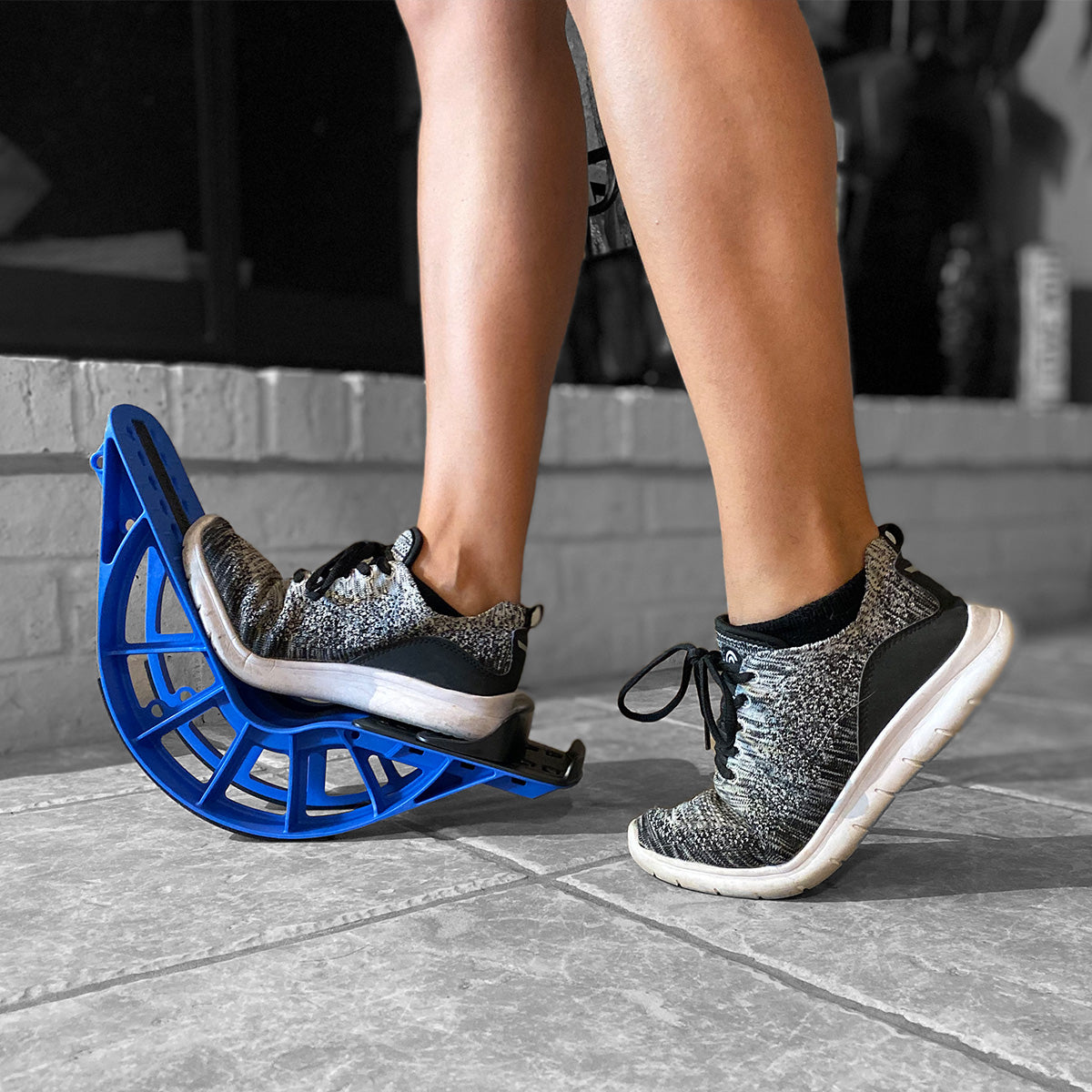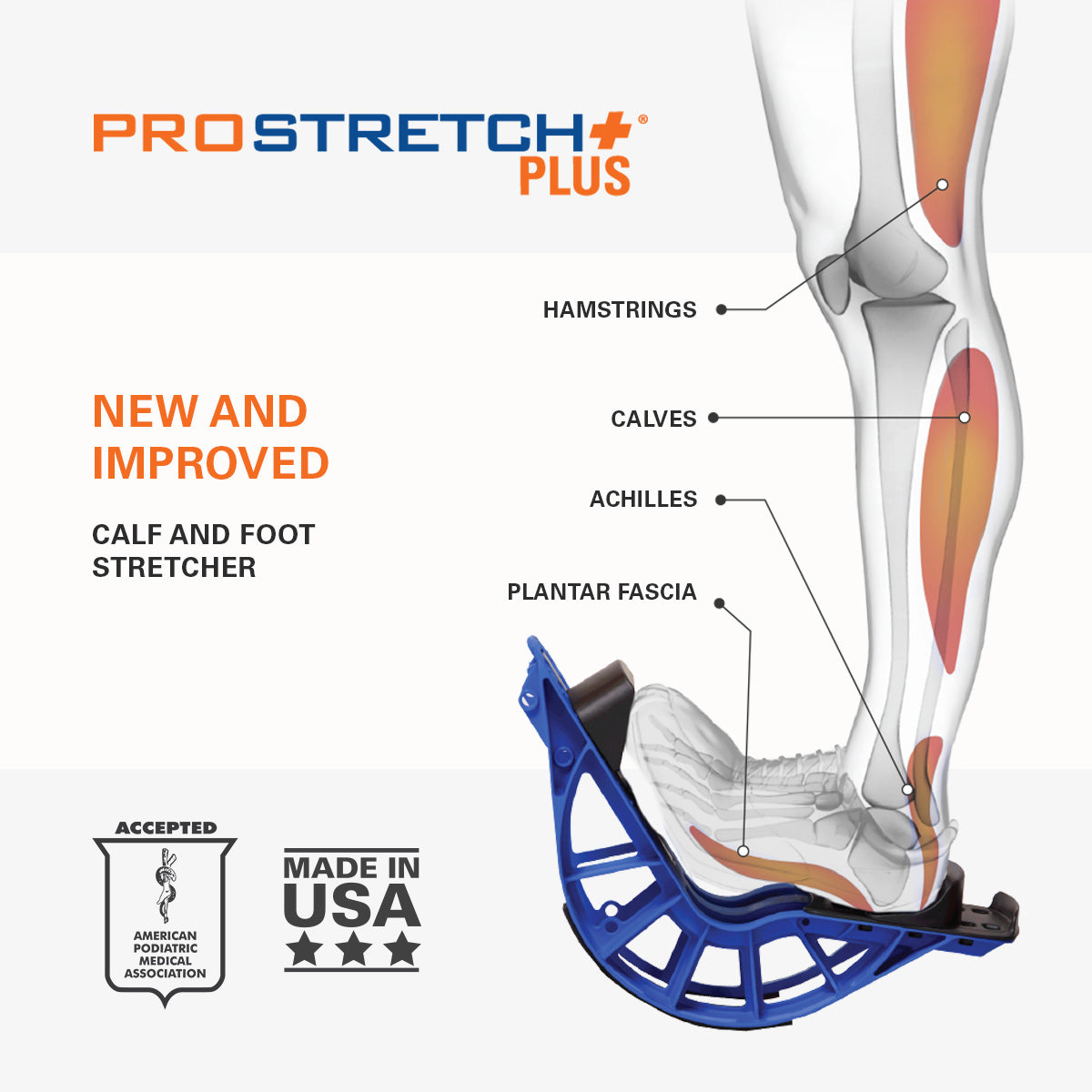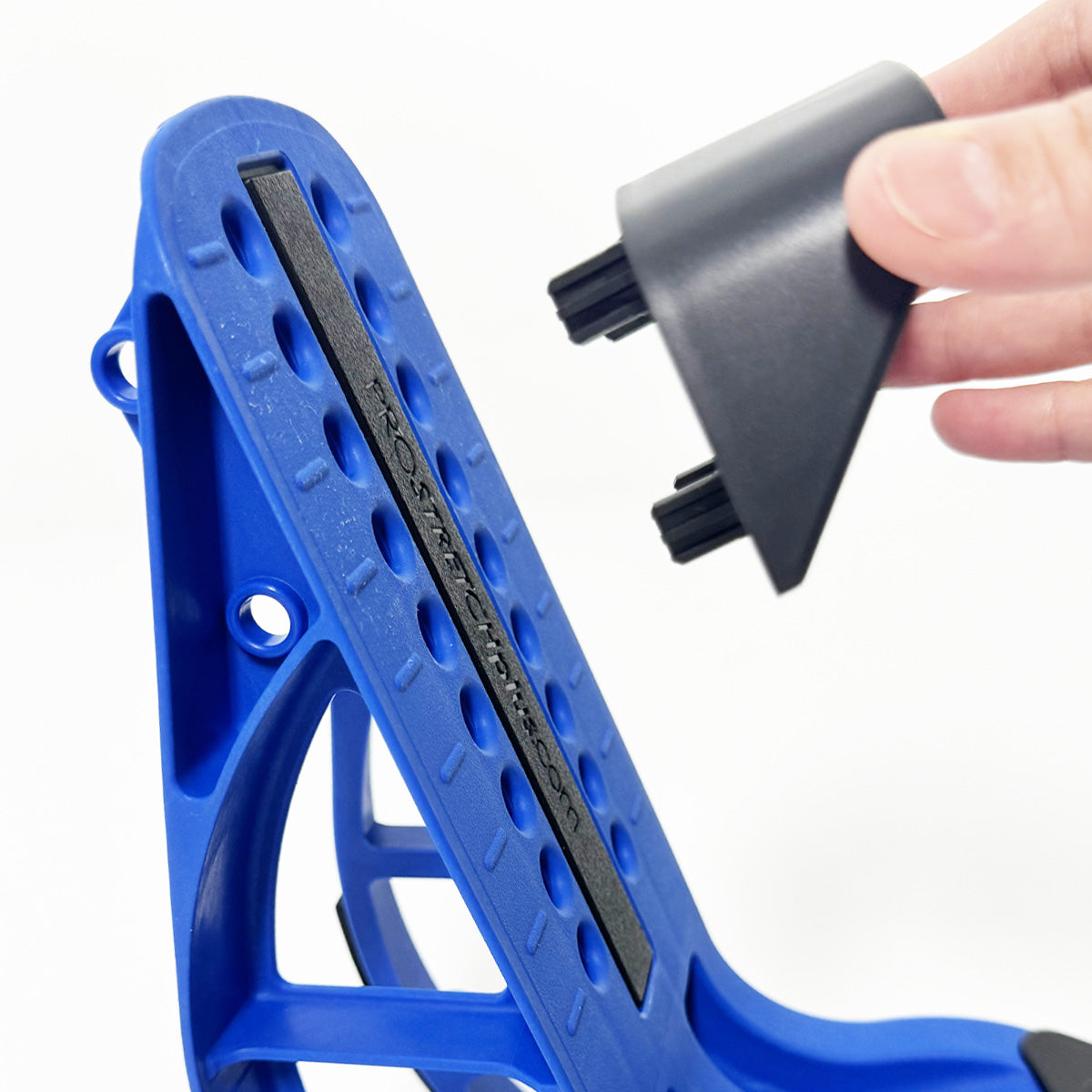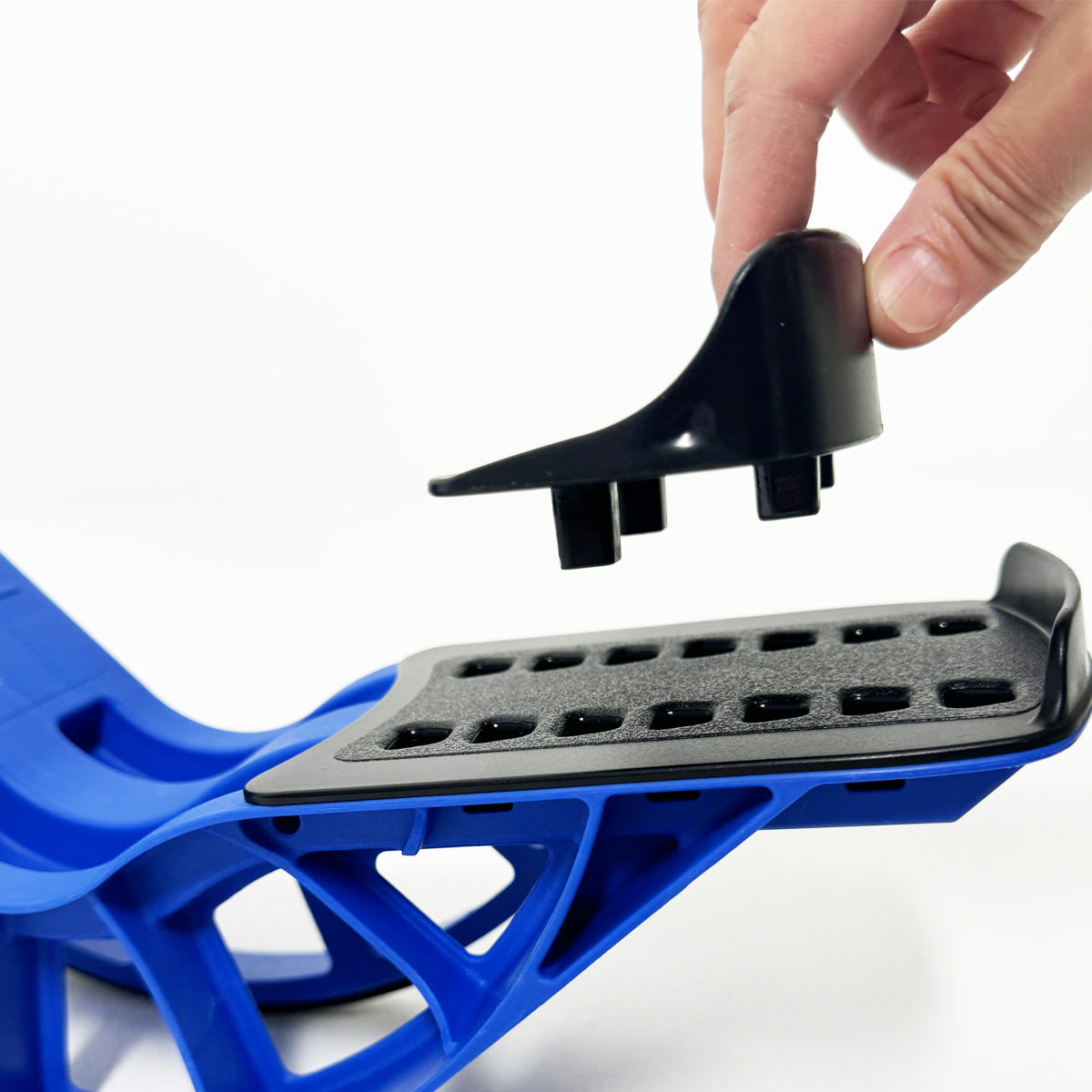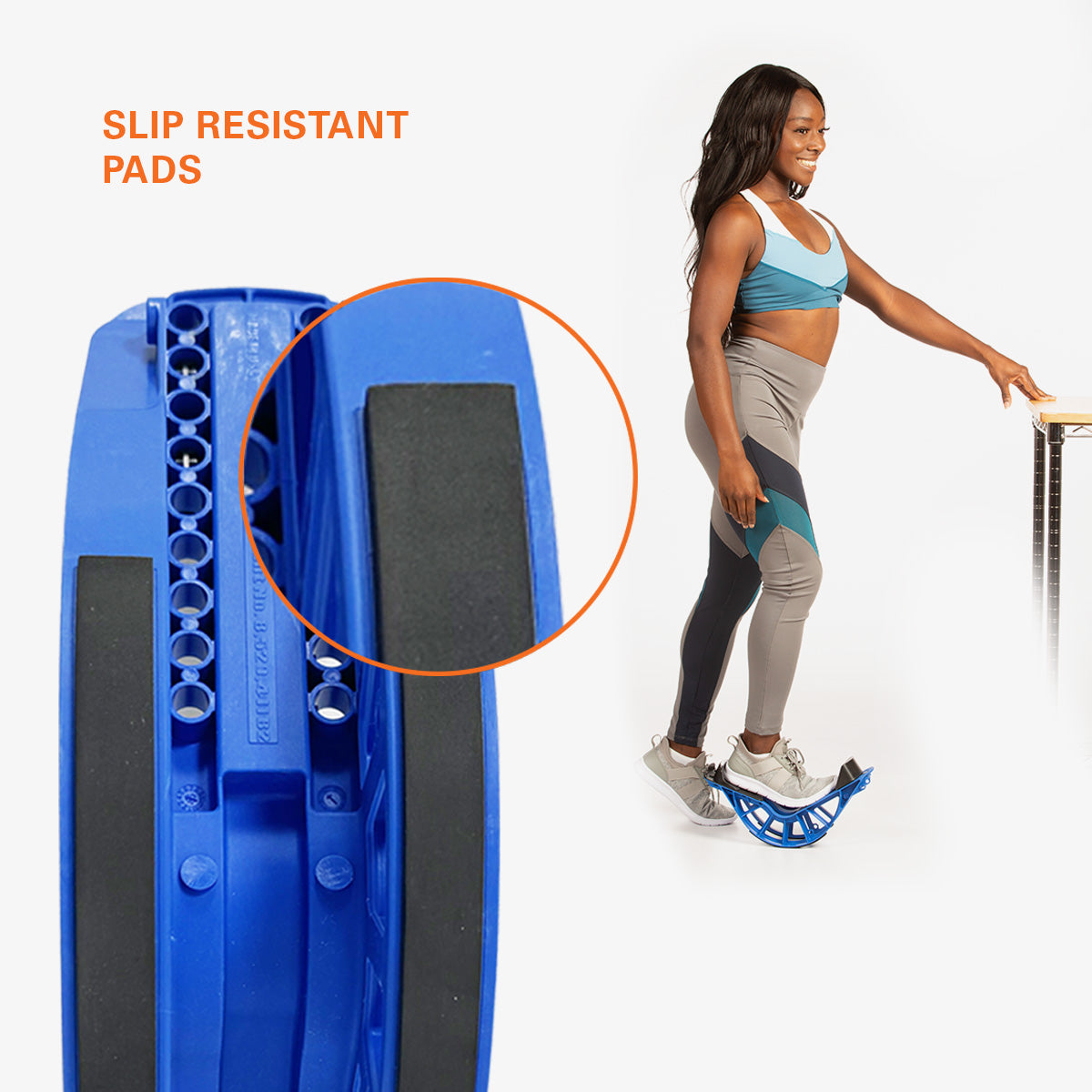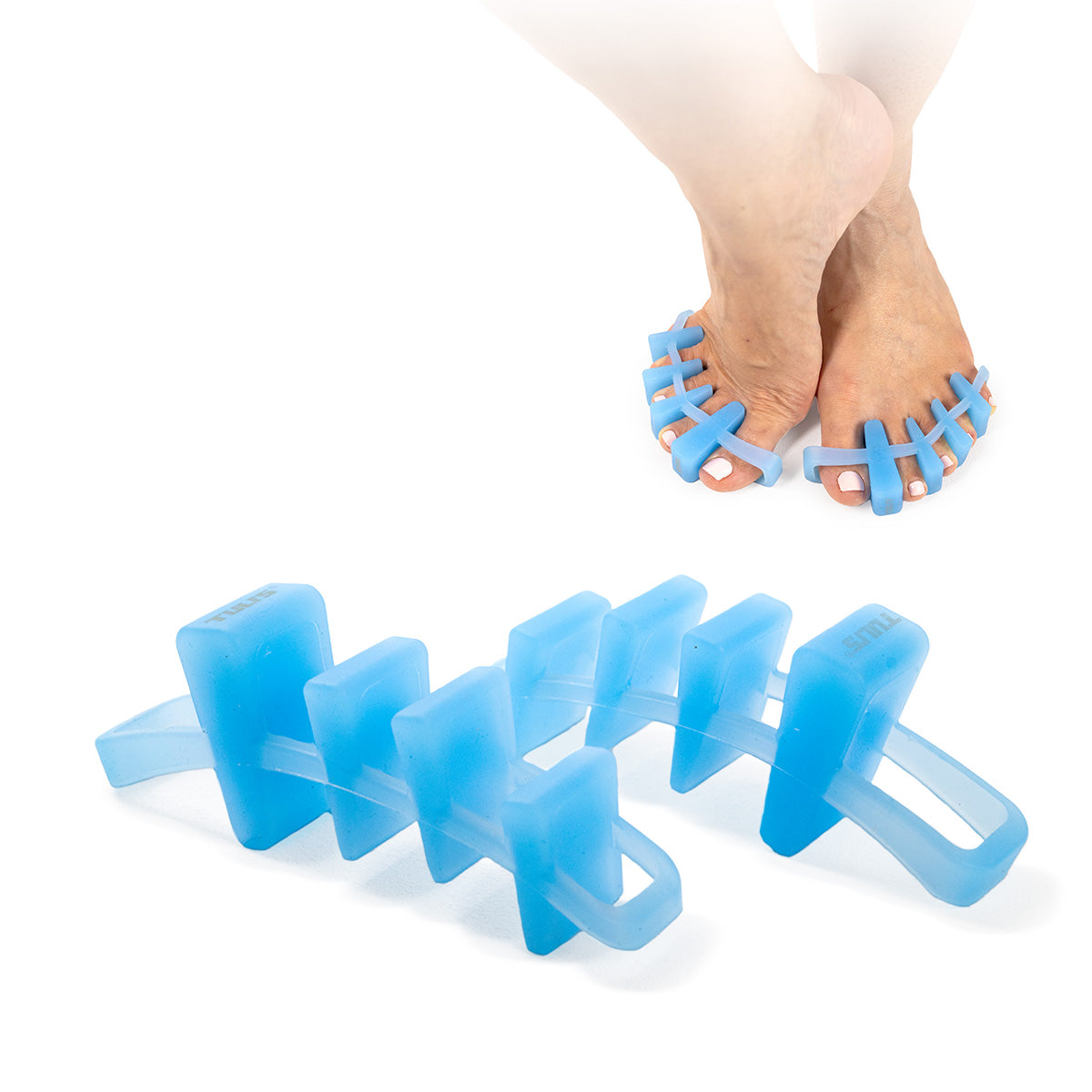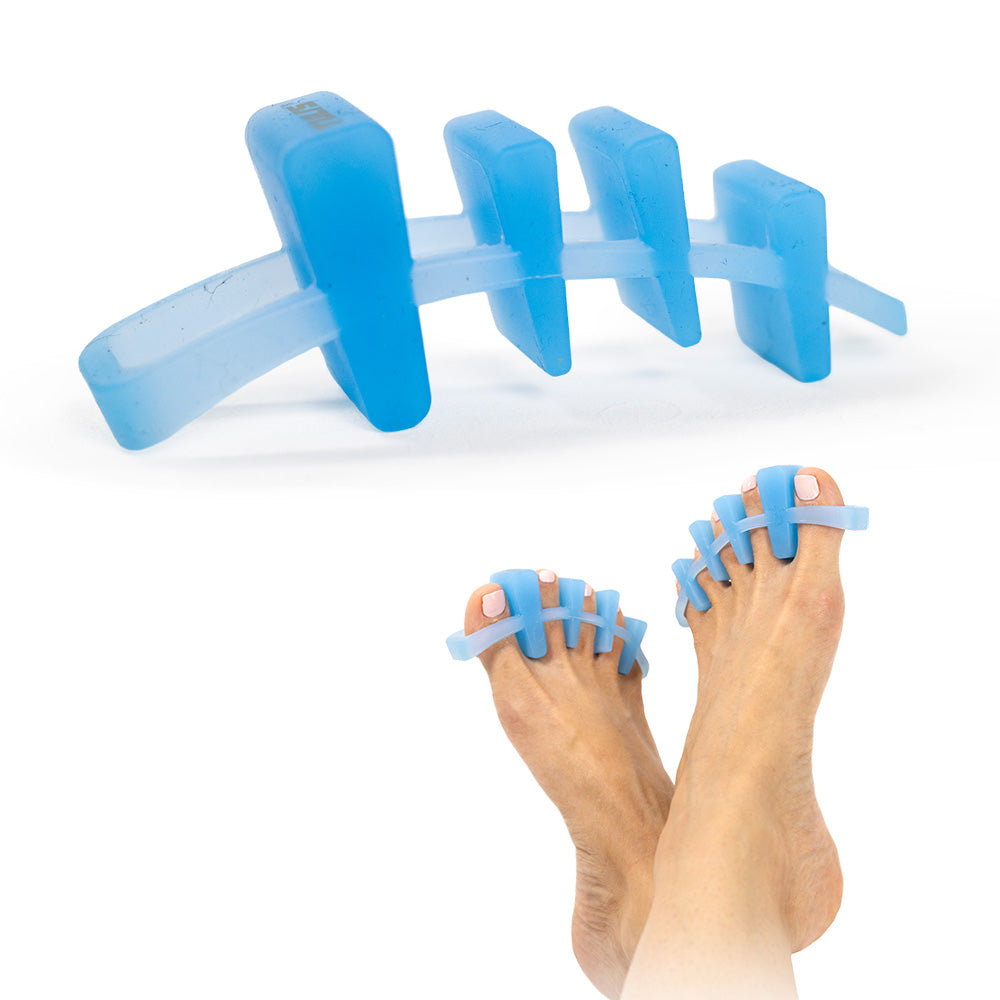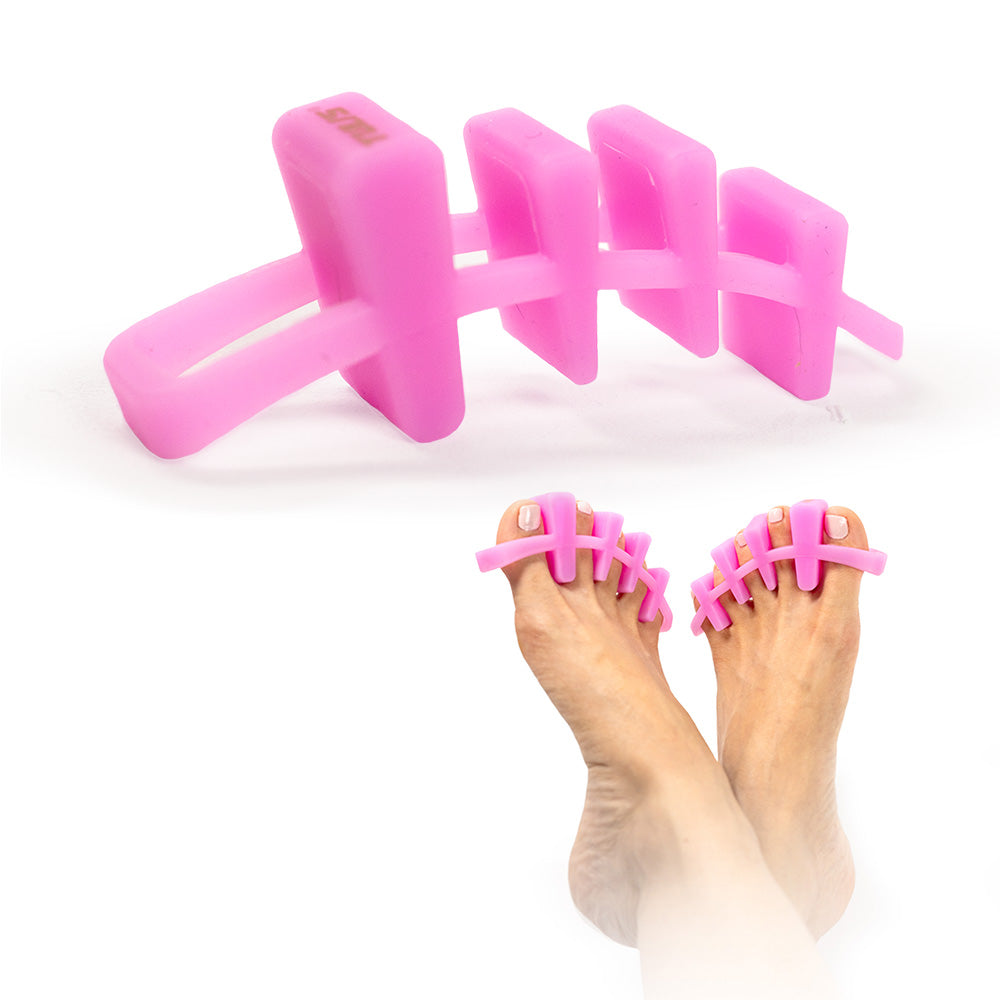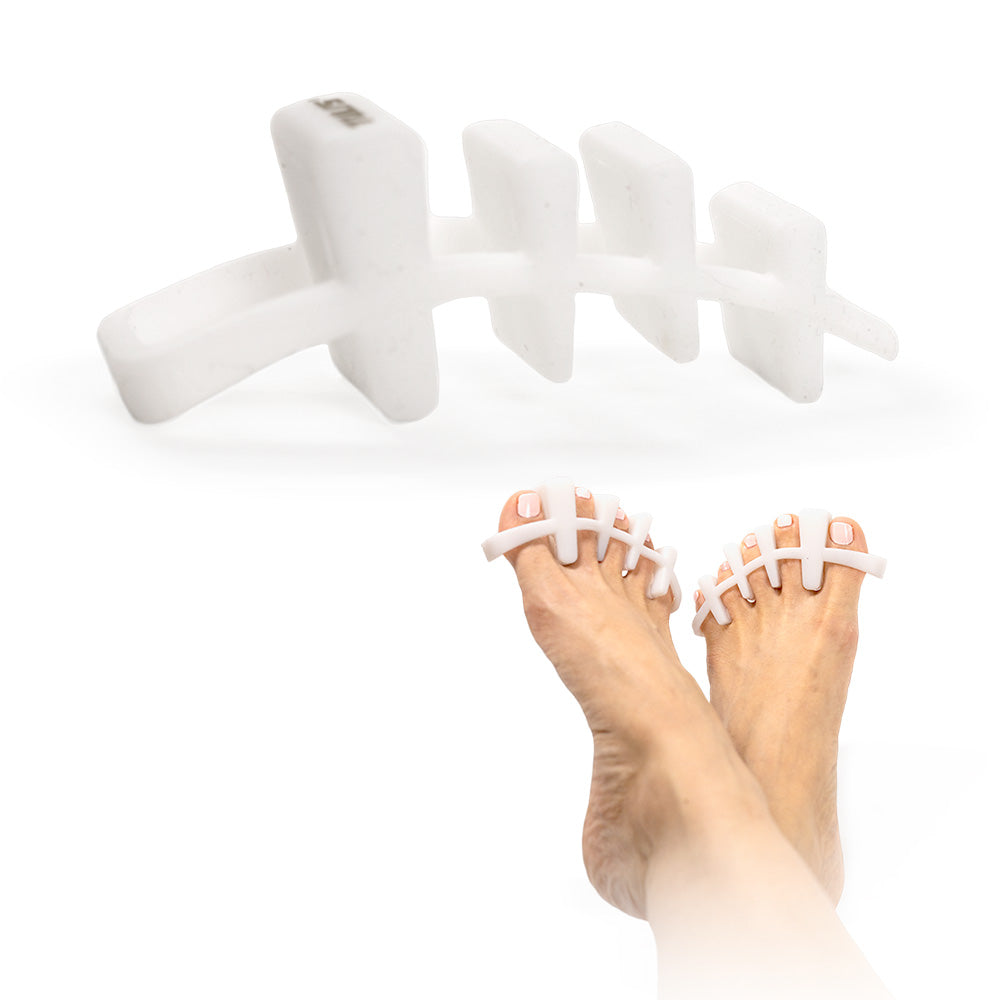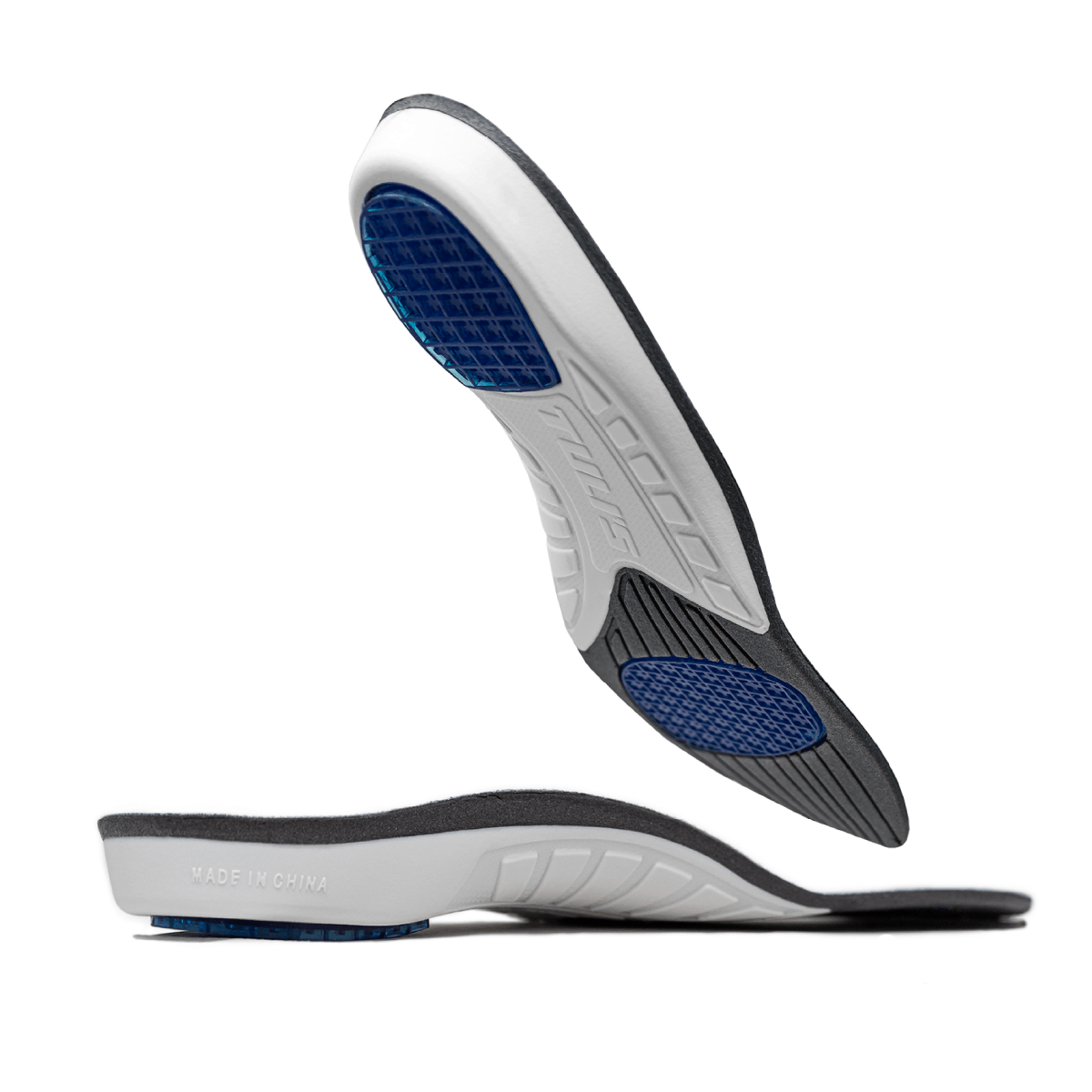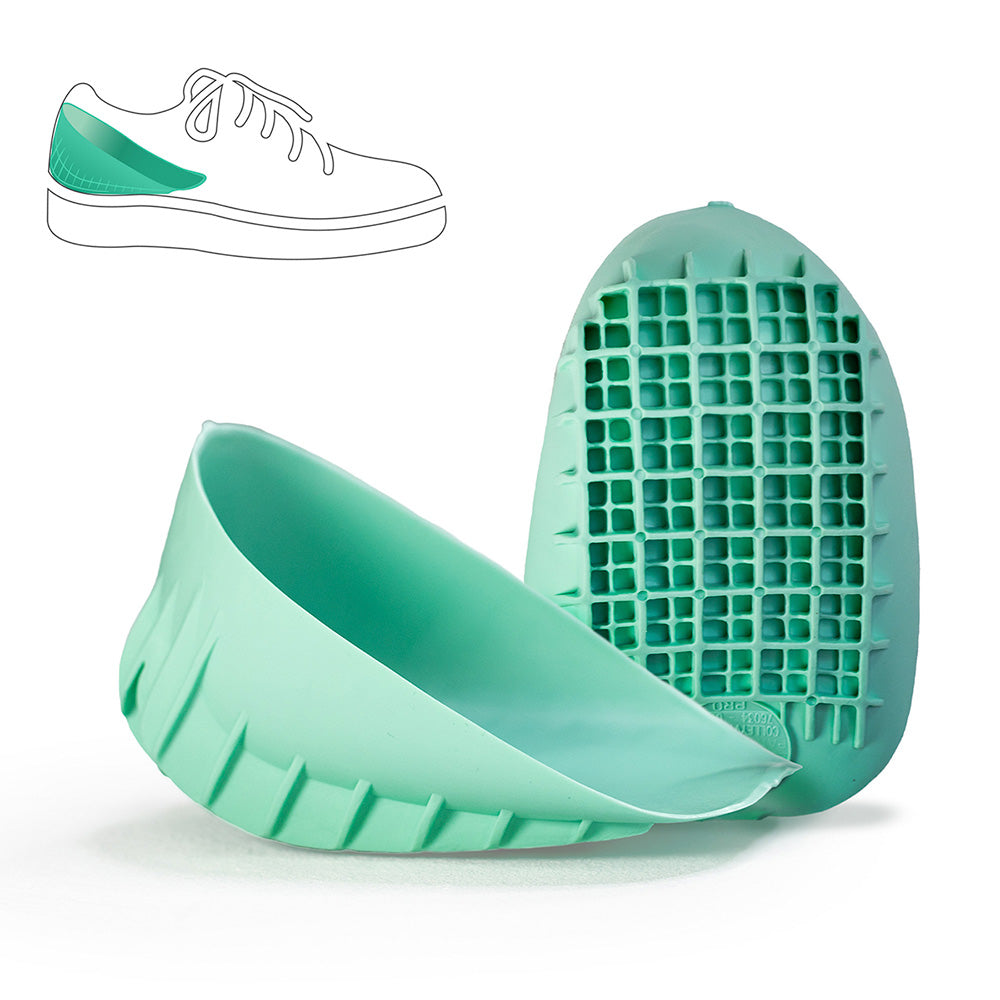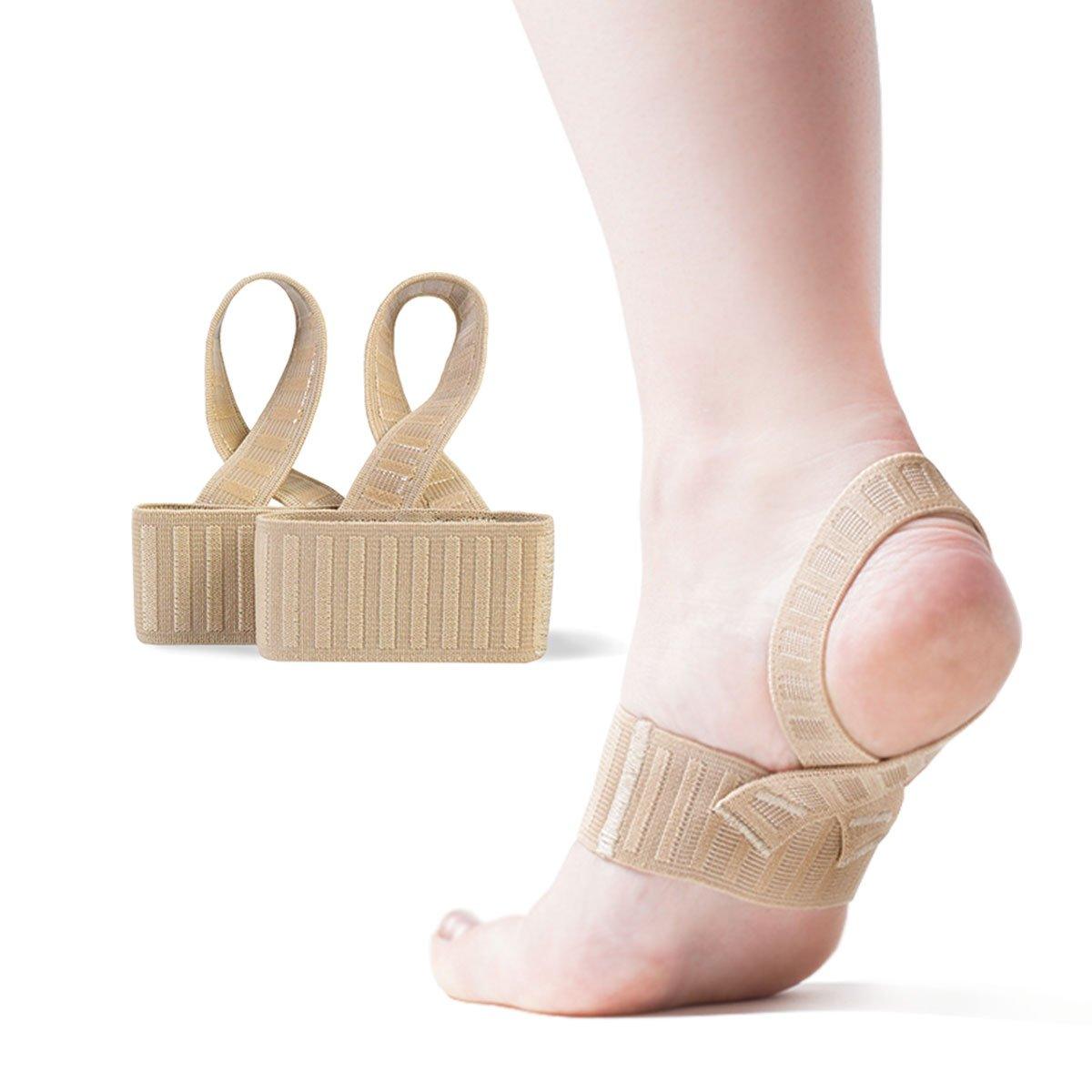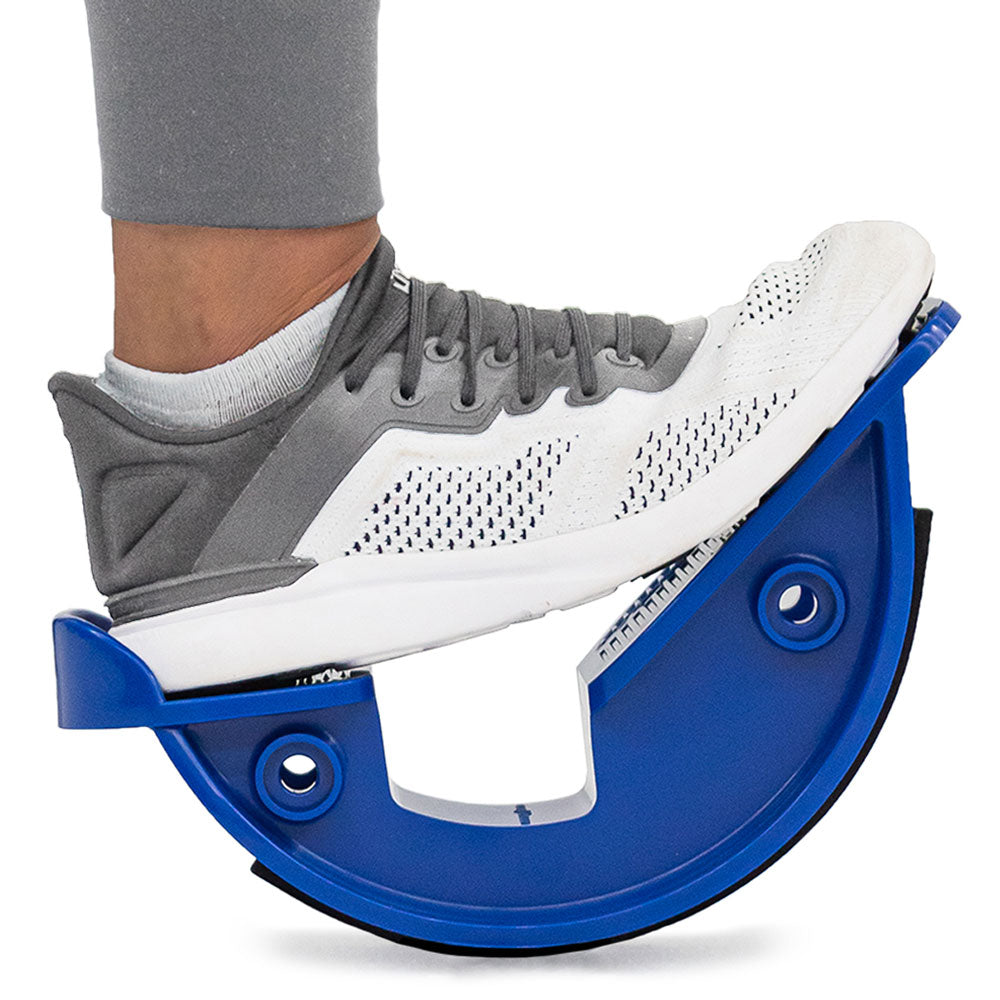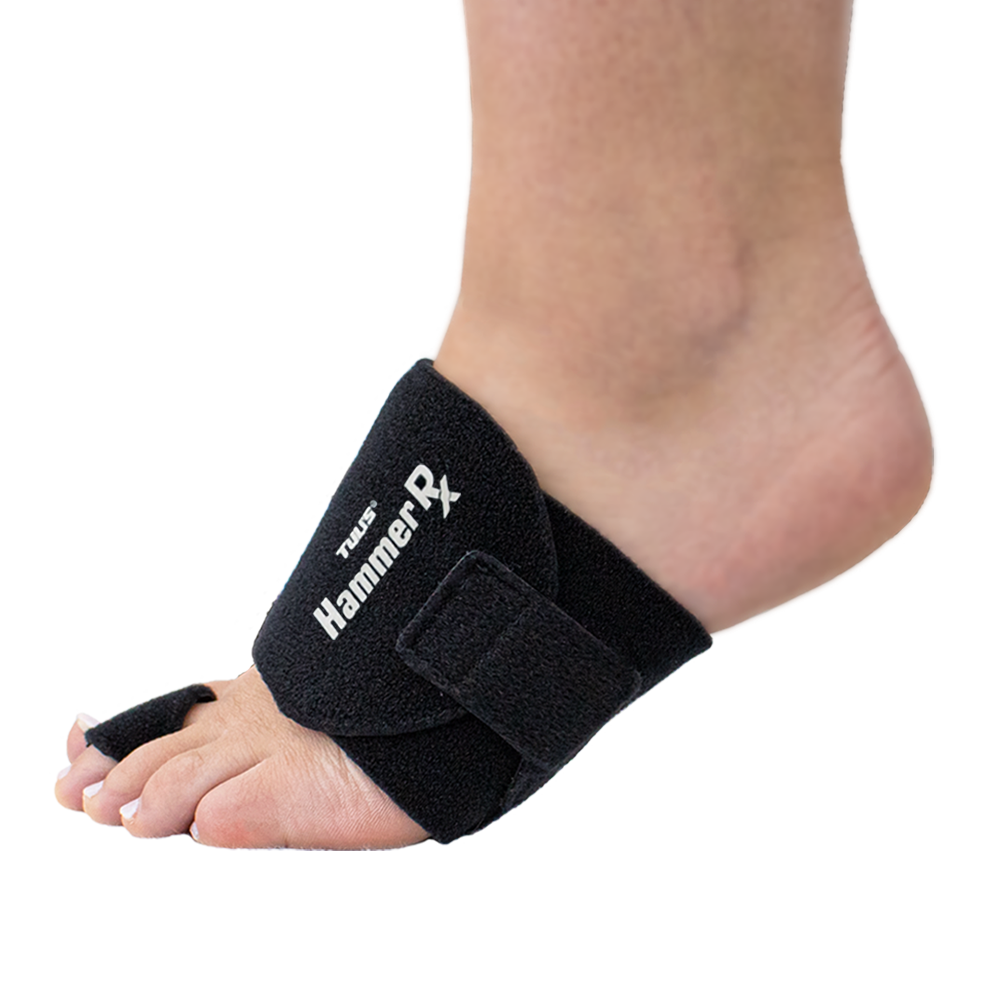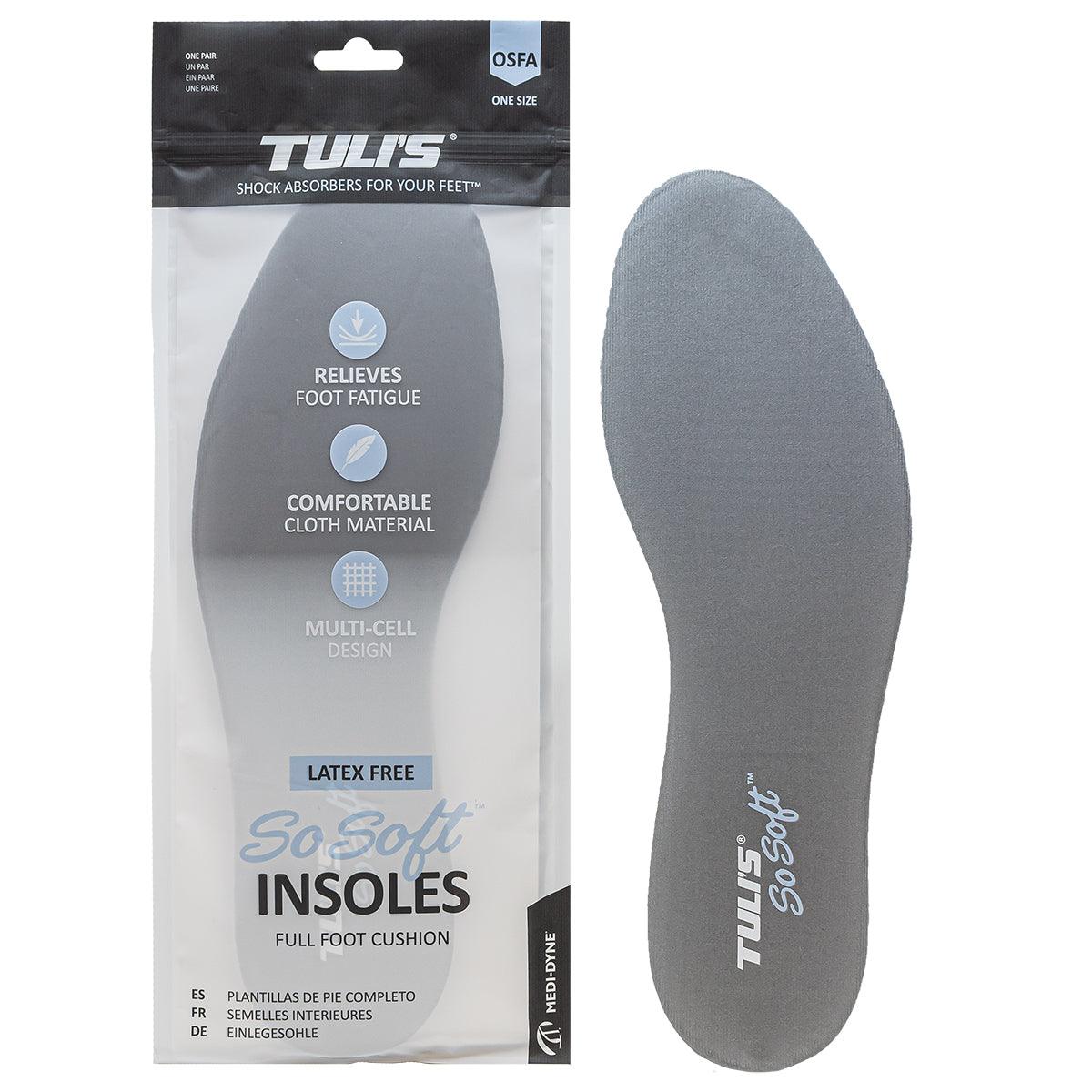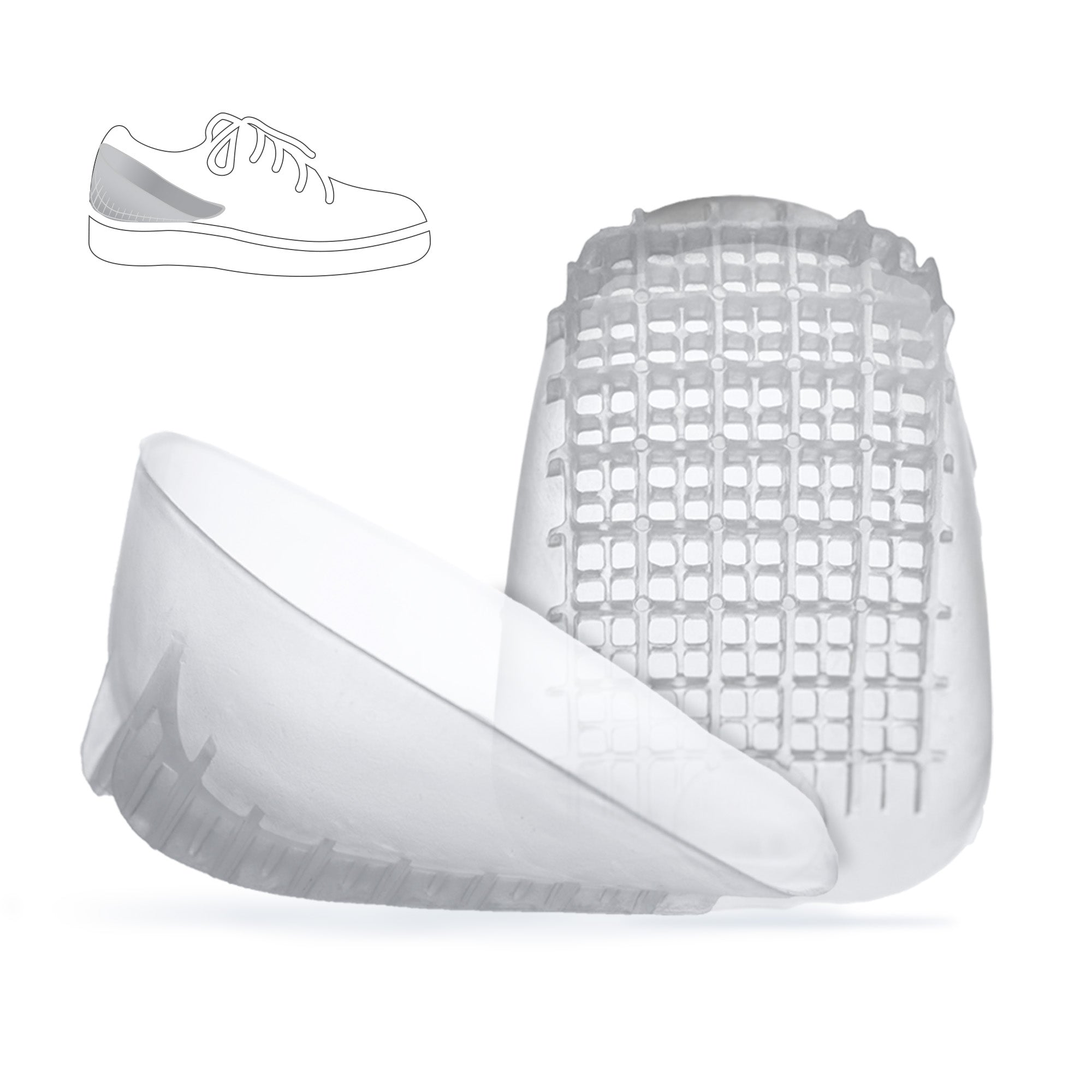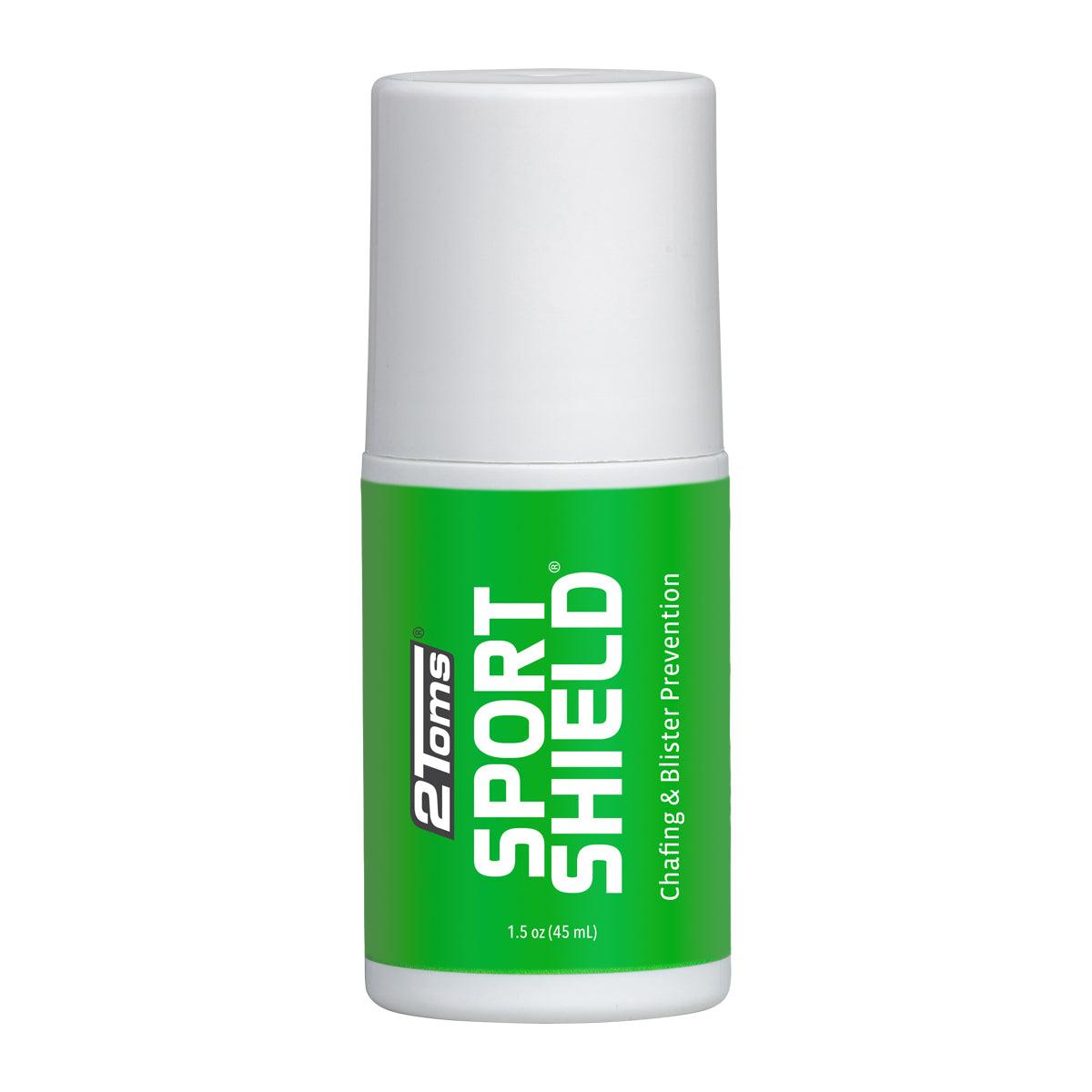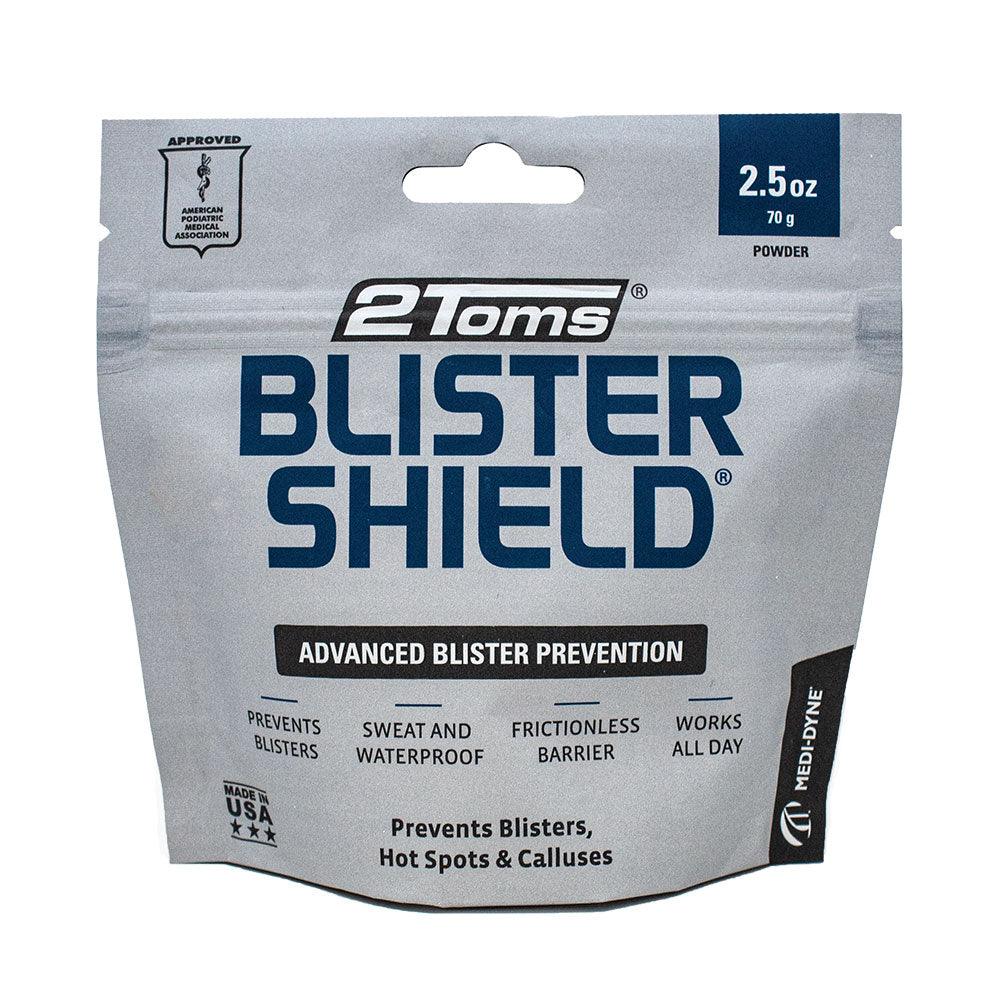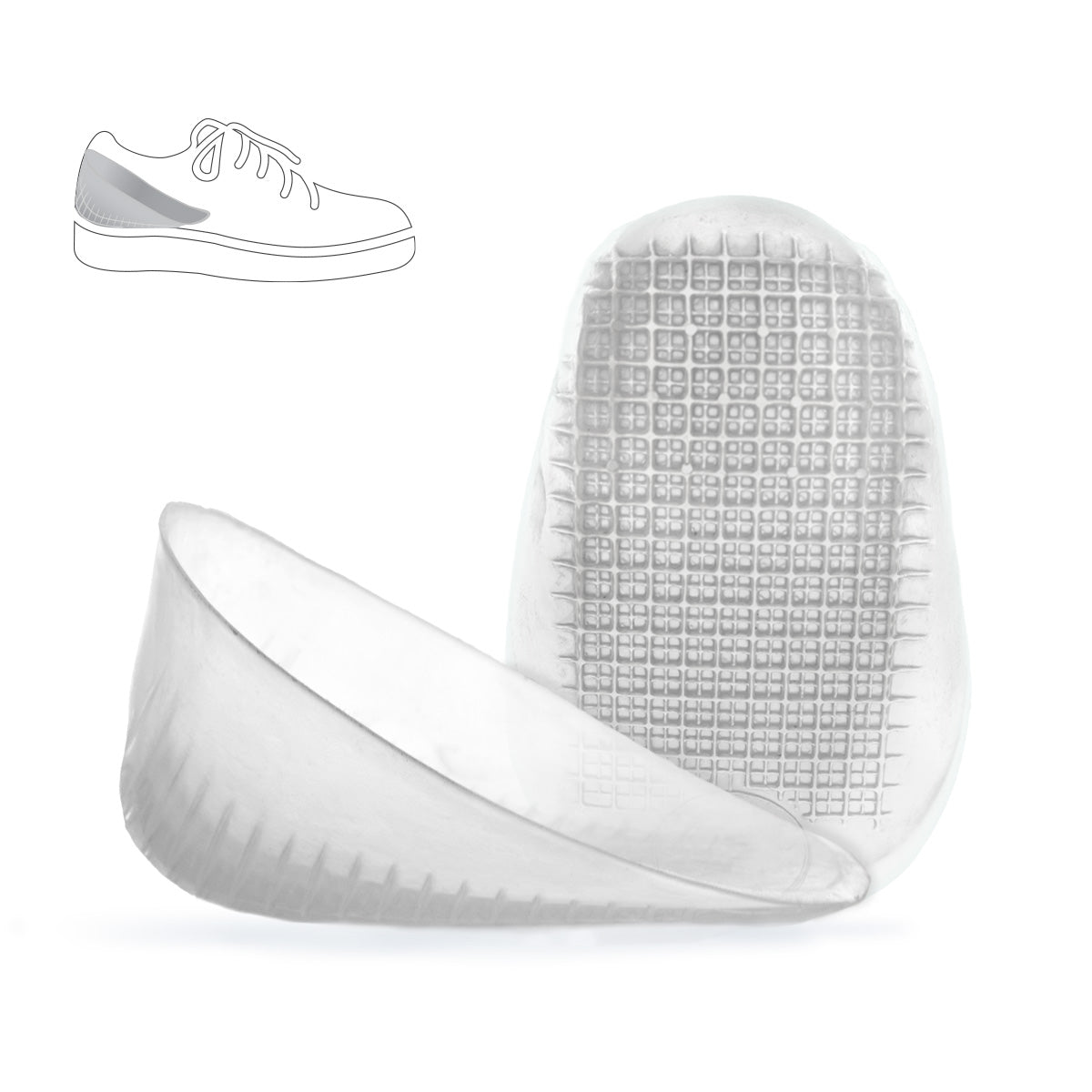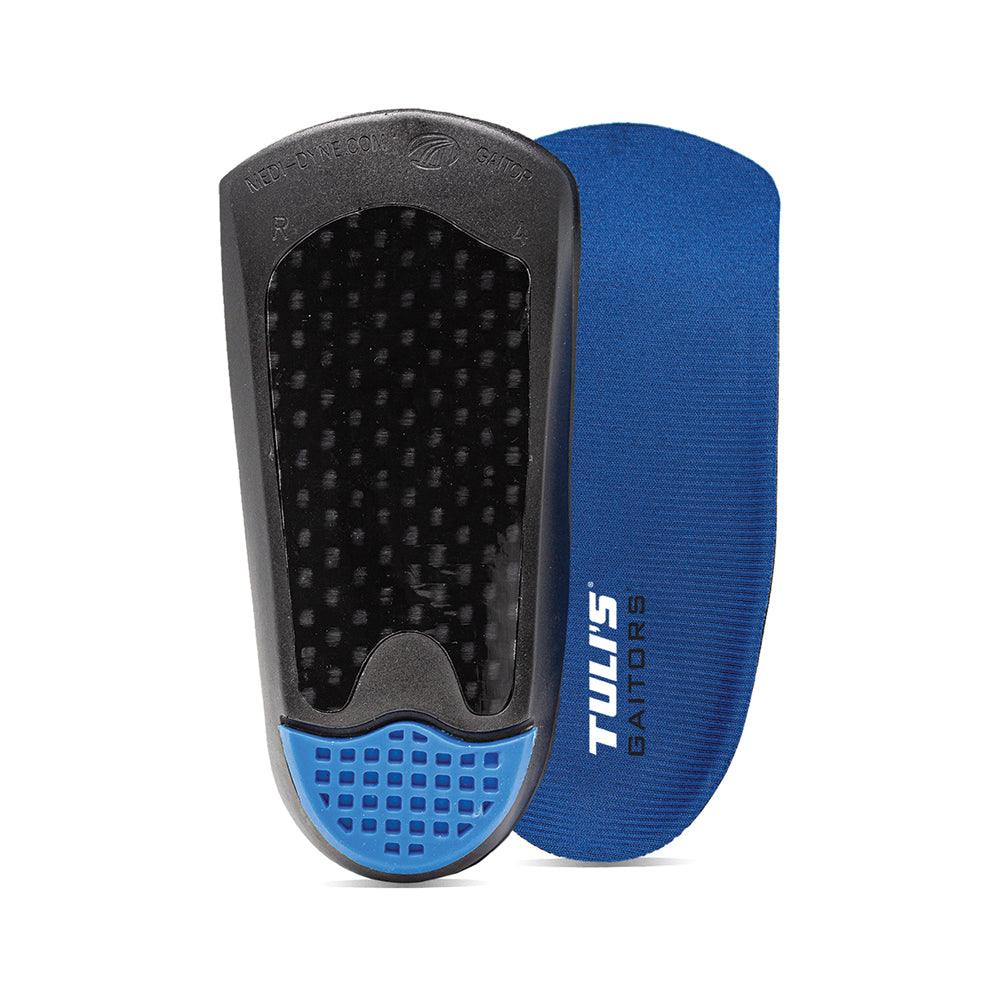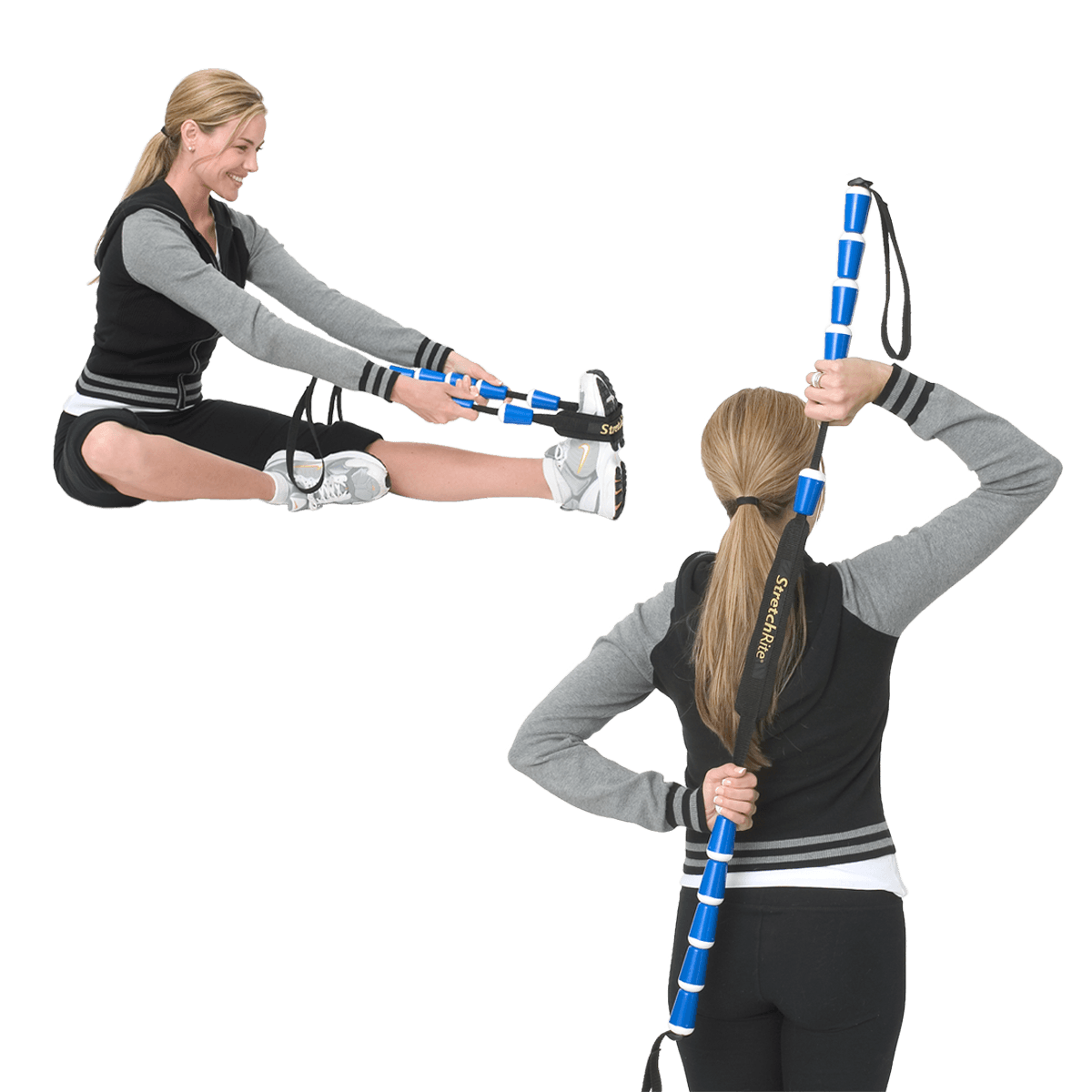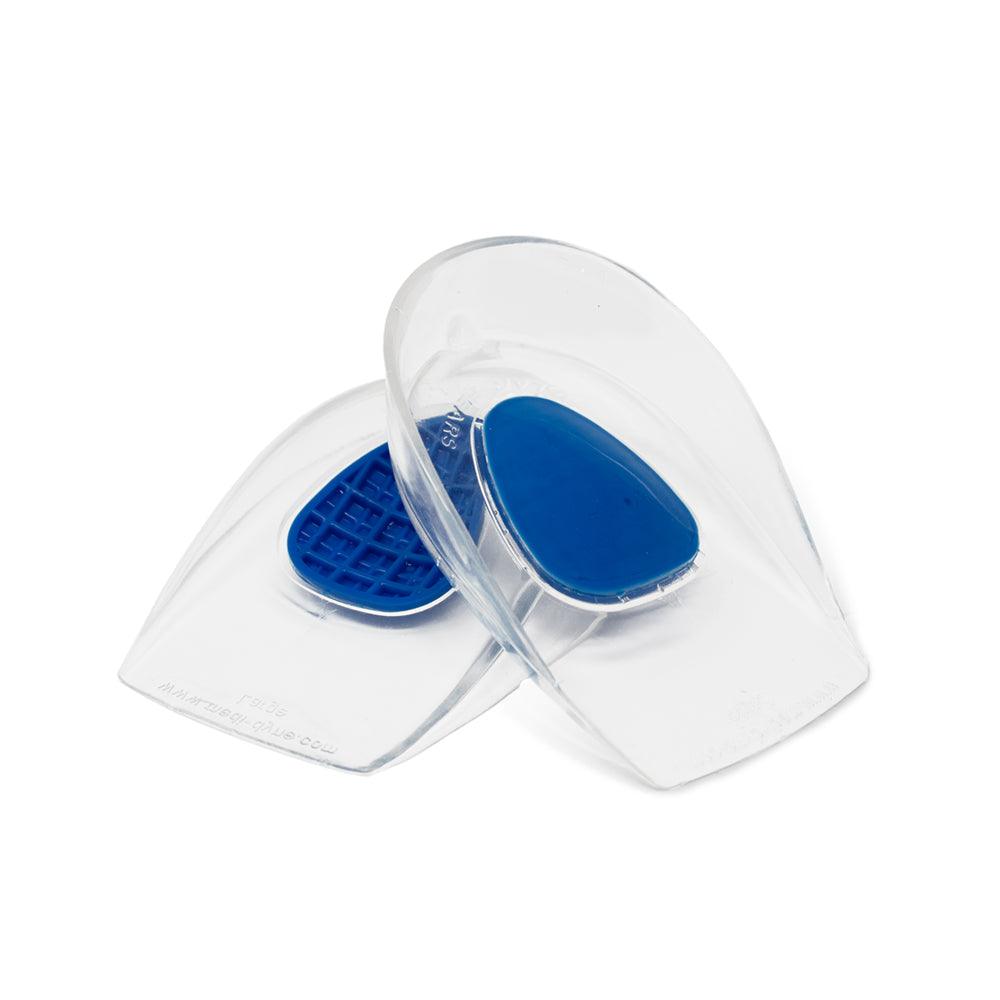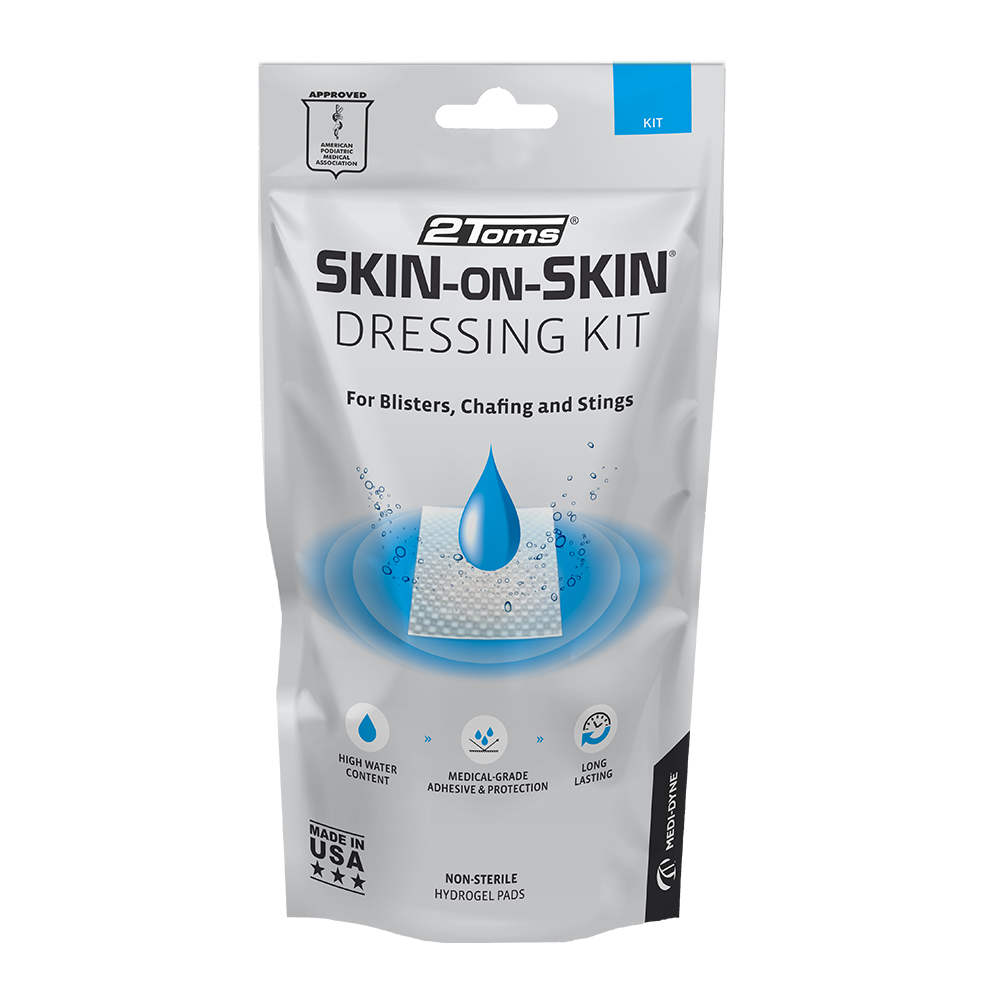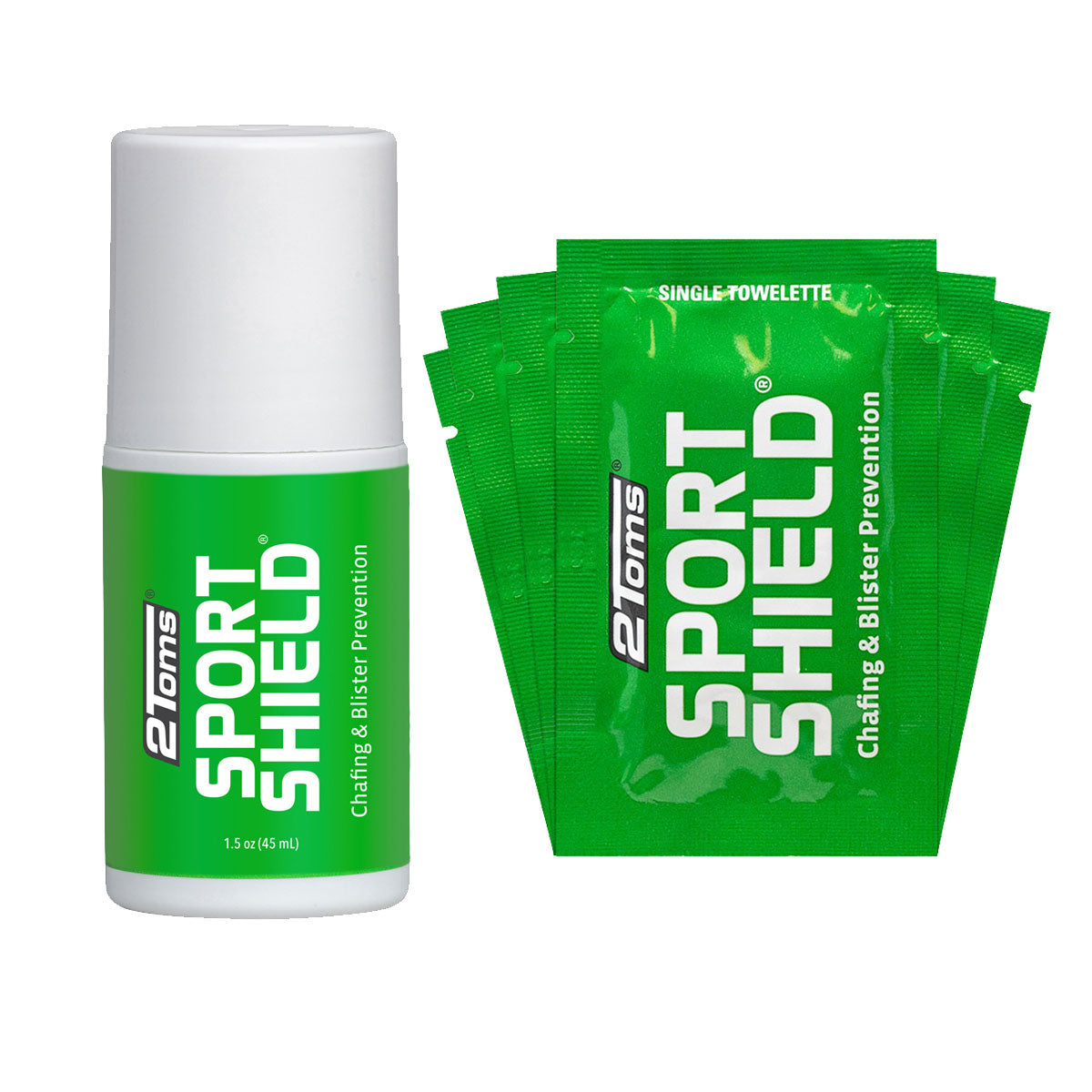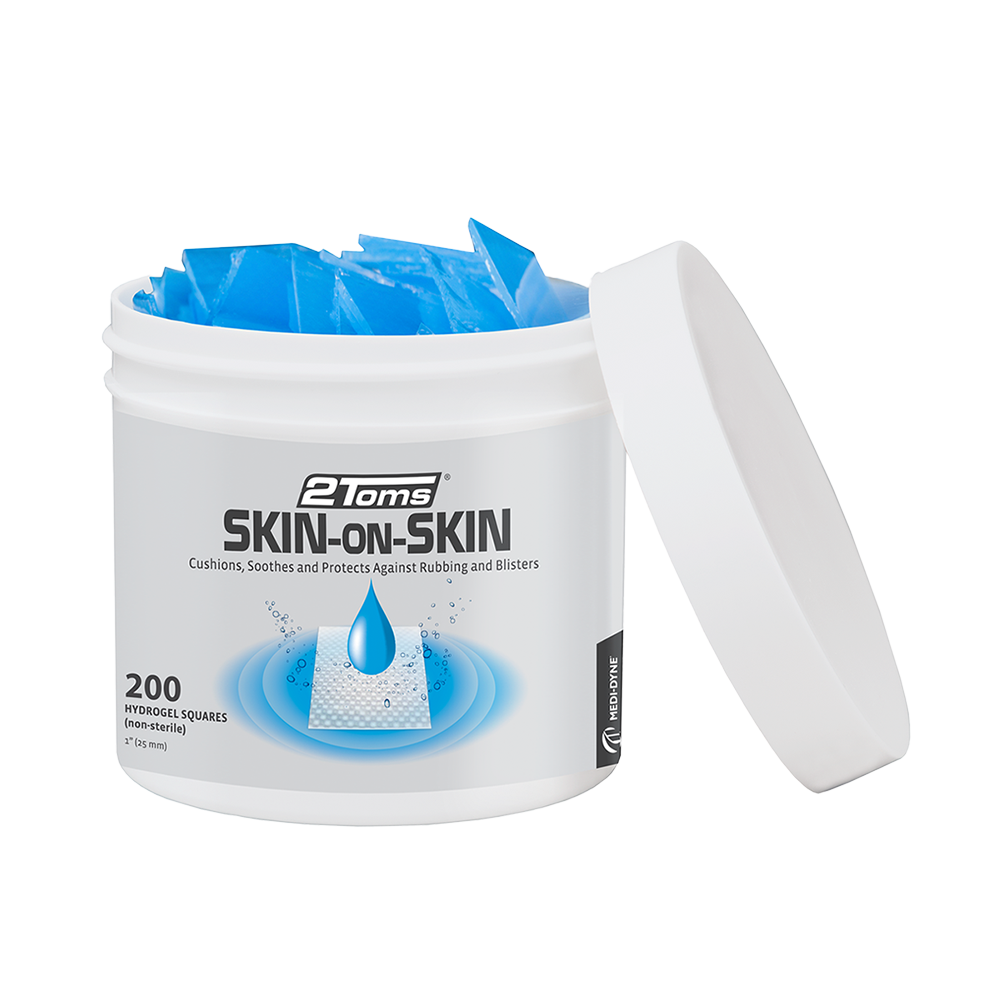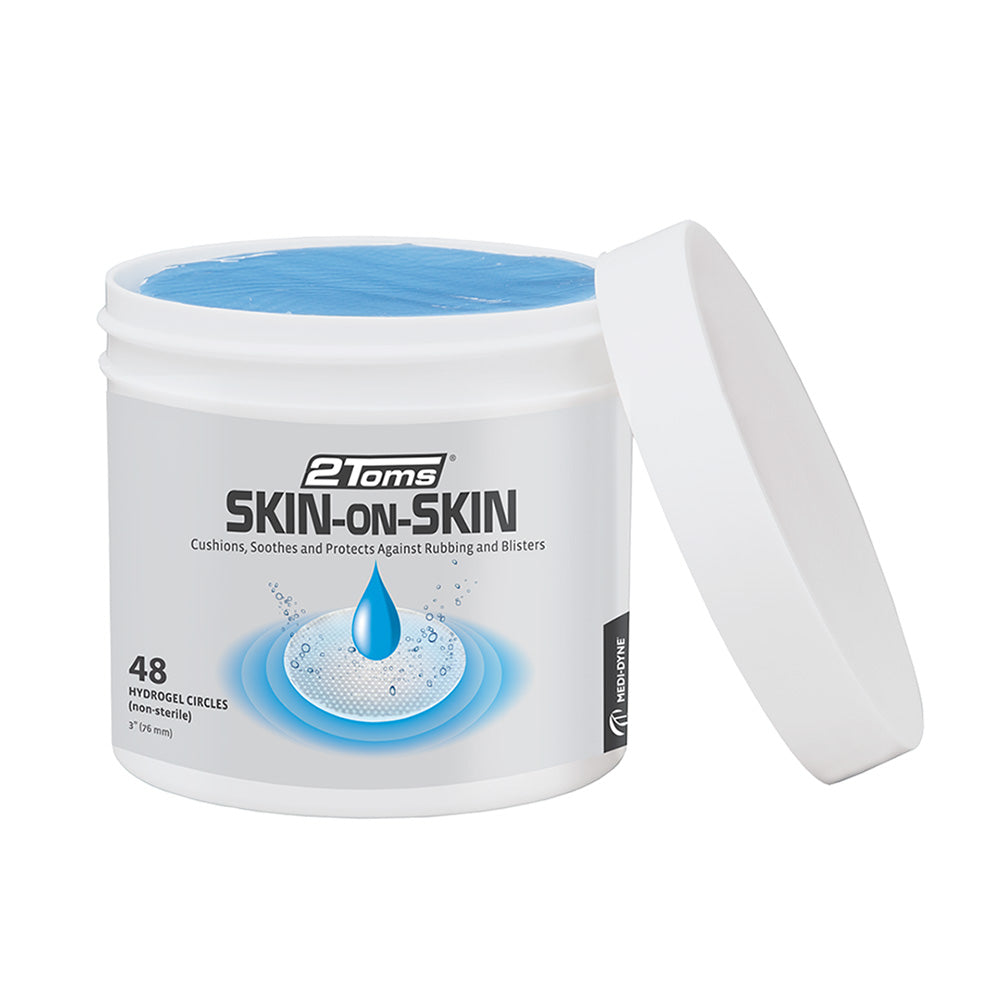SCARIEST Word for Runners: INJURY
Here is how to NEVER hear that frightening word.
Medi-Dyne is proud to welcome back Athlete Ambassador Meghan Kennihan as our guest blogger.
KNOW YOUR LIMITS
Every runner has an injury threshold and it is different for everyone. Some people can run 120 miles a week and some can only run 20, but if you exceed your threshold you are asking for injury. Most runners get injured because they do too much, too soon, too fast.
Training errors are the number one cause of self-inflicted running injuries. When you rush the process of building up mileage or try to run too fast your body does not have time to recover and handle the increasing demands you are inflicting on it.
Most doctors, physical therapists, and chiropractors will tell you to build your mileage by no more than 10% a week, which is a general rule, however, you may only be able to build by 5%.
Each runner is different so make sure you listen to your body and KNOW YOUR LIMITS. It’s a good idea to alternate hard and easy days to give your body the recovery it needs from speed workouts, long runs, hill training etc.
Make sure you incorporate rest weeks into your training plan every three weeks and keep a detailed log of your mileage and how you feel after your runs so you can recognize when problems start to occur.
LISTEN TO YOUR BODY
Don’t run through pain. The majority of running injuries come on gradually and can be stopped if you catch them early. This means a shorter recovery period. Aches and pains do come with running but persistent aches and pains do not.
If a pain causes you enough discomfort that you alter your gait, it’s time to stop. Take 2-3 days off, cross-train if you need to and then test out your “injury” gradually. If you’re pain free, get back to your normal routine. If it still hurts, you may need to see a doctor and find out the root cause of the pain, or you may just need more time off.
STRENGTH TRAIN
It is very important for runners to have strong hip and core muscles. When you strengthen your inner and outer thighs, your butt, and your transverse abdominis (stabilizing abdominal muscles) you increase your leg stability all the way down to your feet. Lying leg raises, inner thigh raises, clams, planks, and side planks are great exercises to add to your training program.
R.I.C.E
Rest, Ice, Compression, and Elevation are great when you have aches and pains in your muscles and joints. These four things can help relieve your pain, reduce swelling and send blood to those tissues to help speed the healing process.
However, many runners neglect the REST part of the equation and continue to run then ice, then run the next day and ice again. This may take the pain away for a short time but you are not giving the tissues any time to heal before you are pounding away at them again.
Elevating and compressing the area with a bandage or towel will also help reduce the inflammation. Then make sure you REST the next day and give your body a chance to heal, rather than running and prolonging the injury. Do not take NSAIDs except for acute injuries; instead try turmeric pills or anti-inflammatory foods such as salmon, blueberries, or leafy greens.
VARY RUNNING SURFACES
If you are always running a cambered road you are putting more pressure on your one leg over and over and over which can easily lead to hip and knee problems on that side. Also the road has no give to it and when you land all that impact (2-3x your body weight) is going right back into your legs.
Try to do some of your runs, especially your long runs, on level surfaces and if possible soft surfaces such as crushed limestone, trails, even a bike path. The treadmill can also offer a forgiving surface if you can stand the boredom.

TOO MUCH SPEED
There is such a thing as too much speedwork and too much racing. Those efforts are near max and can be very hard on your body and your mind. Doing speedwork twice a week then racing on the weekend does not give your body or mind sufficient rest.
Even elite runners limit their speedwork to no more than 5-10% at 5K pace and no more than 20% at tempo or threshold pace. A good rule of thumb for racing is to take one day of recovery for every mile raced.
CROSS-TRAIN
Running is very hard on the body, 2-3x your body weight with each stride, make sure you take at least one day of rest each week and consider making one of your run days a “cross-training” day. Cross-training can improve your muscle balance and work muscles that you never knew you had. Activities such as swimming, cycling, elliptical and rowing will improve your aerobic fitness and even help your running.
YOU’RE INJURED, NOW WHAT
If you have an injury, take this opportunity to make the best of it. Ask yourself what can I learn about myself? How can this time off help my running in the long term? What CAN I do… swim? Bike? Strength? PT?
Try to find the cause of your injury, muscle imbalance? Shoe? Training? Nutrition? But be prepared to come up empty and to heal up and return to running without knowing the cause of the pain that made you stop. This mind set will enable you to get through your injuries with less stress and anxiety.
The most important thing is to accept that time is the only real healer, and try not to layer extra stress and anxiety onto the injury experience by grasping at healing measures like ultrasounds, electric stem, graston, steroids, acupuncture etc. and expecting miracles from them.
Disclaimer: Please consult your physician before continuing to exercise through any pain or discomfort. The training tips and treatments in this article are suggestions based on years of training and experience, but should not replace a treatment plan prescribed by your doctor.
About Meghan:

Meghan is a USA Track & Field coach and a RRCA (Road Runners of America) certified distance coach. She is a certified personal trainer through the National Academy of Sports Medicine and a level 3 USA Cycling Coach.
She has over 12 years of experience teaching spin classes, weight-lifting, and group exercise. Meghan is also an experienced runner, ultrarunner, and triathlete competing, winning, and placing in 5Ks, 10Ks, half-marathons, marathons, ultra distances, and triathlons. She also holds multiple state Powerlifting records. Learn more about Meghan trainwithmeghan.com
Medi-Dyne is proud to have Meghan as an Athlete Ambassador.
The post SCARIEST Word for Runners: INJURY appeared first on Medi-Dyne.






